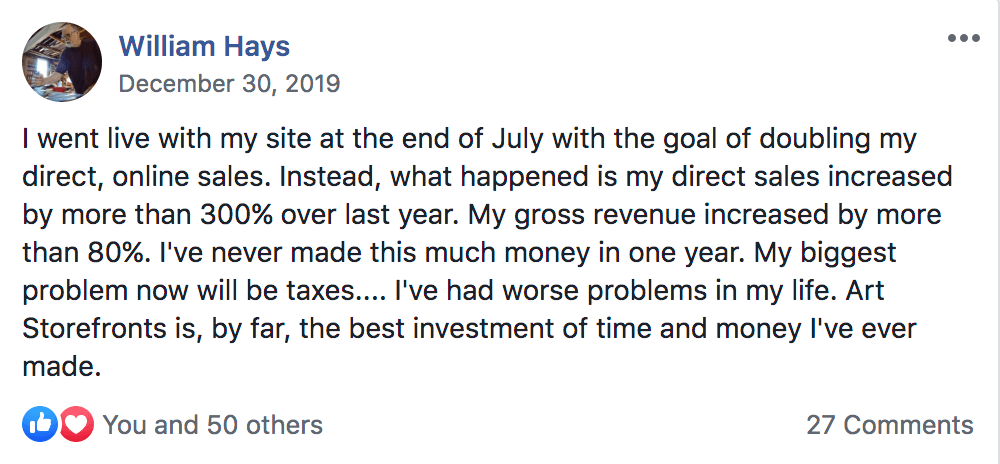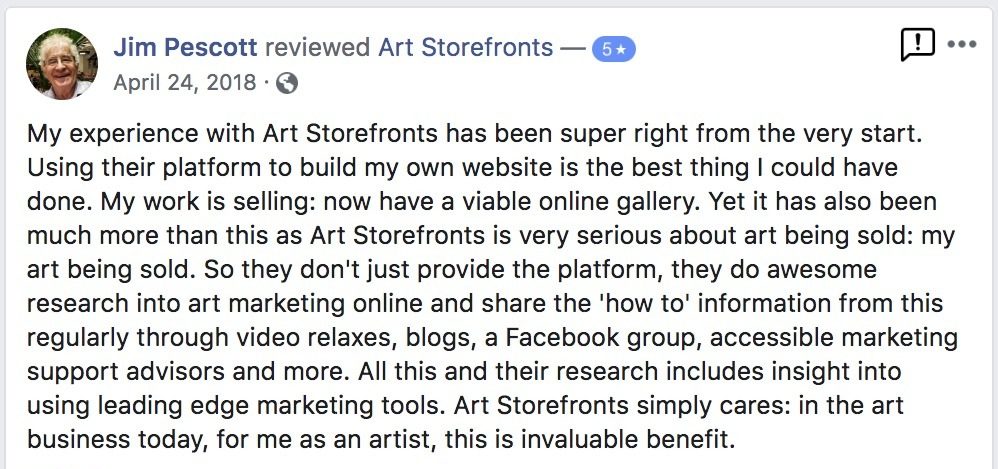
the most up-to-date marketing strategies
that actually work
SELLING FINE ART PHOTOGRAPHY
How Photographer Andy Crawford Manufactured a $2,470 Art Sale
"Manufactured"? What does that mean?
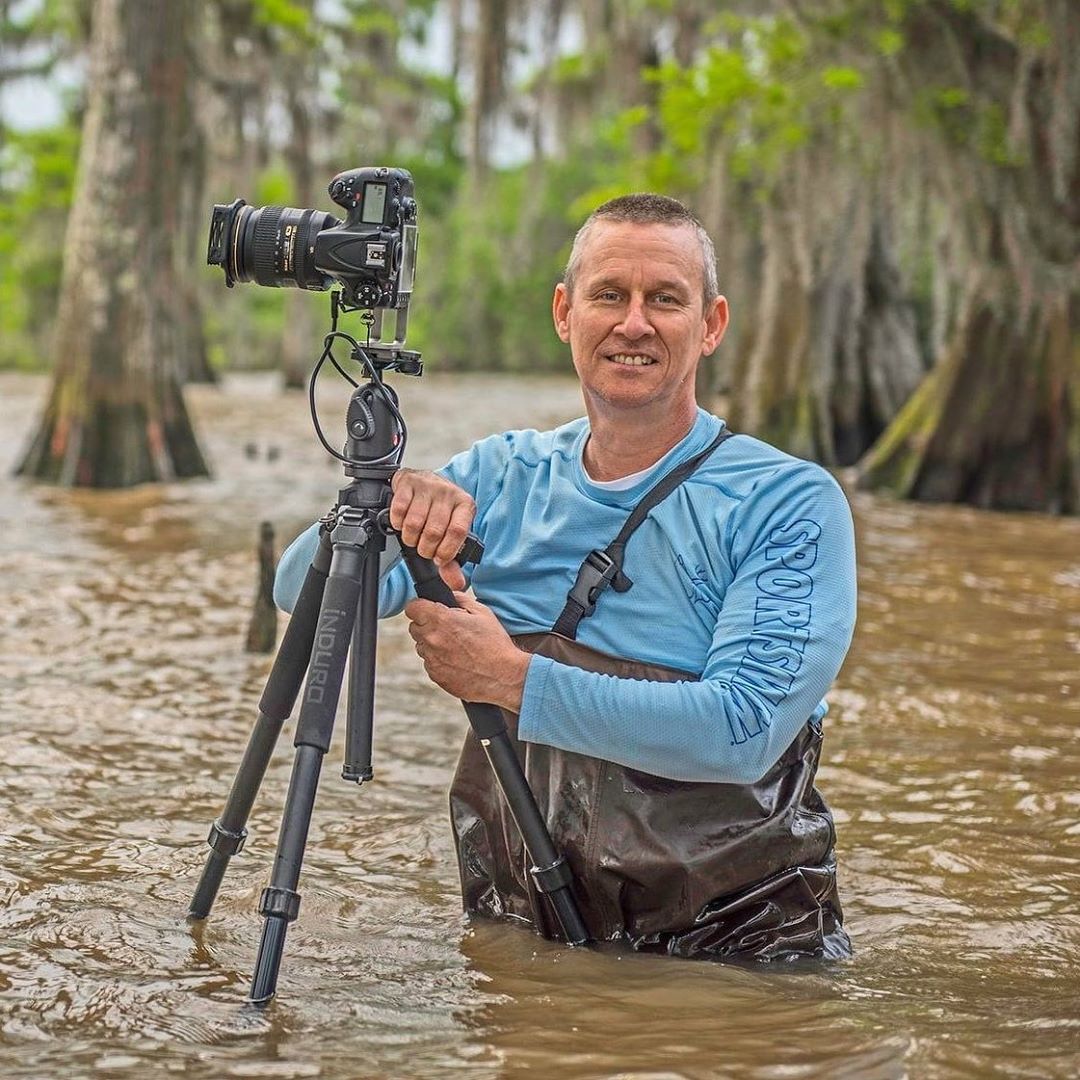
Weeks after closing out his most profitable holiday season yet, Louisiana photographer Andy Crawford has just made his largest single online sale ever – two large canvas prints totaling $2,470.
But this wasn't always the story for Andy:
"Before making some key strategy changes to my business, I spent years using a website that didn’t have any of the art-selling features. Additionally, I was never sure any of my marketing worked. The whole business just lacked a cohesive, coherent strategy."
This is the unfortunate reality for many photographers who are stuck with a broken system.
This was the case with Andy, and there was a point when he realized that unless he changed something, this year and the next were just going to be more of the same.
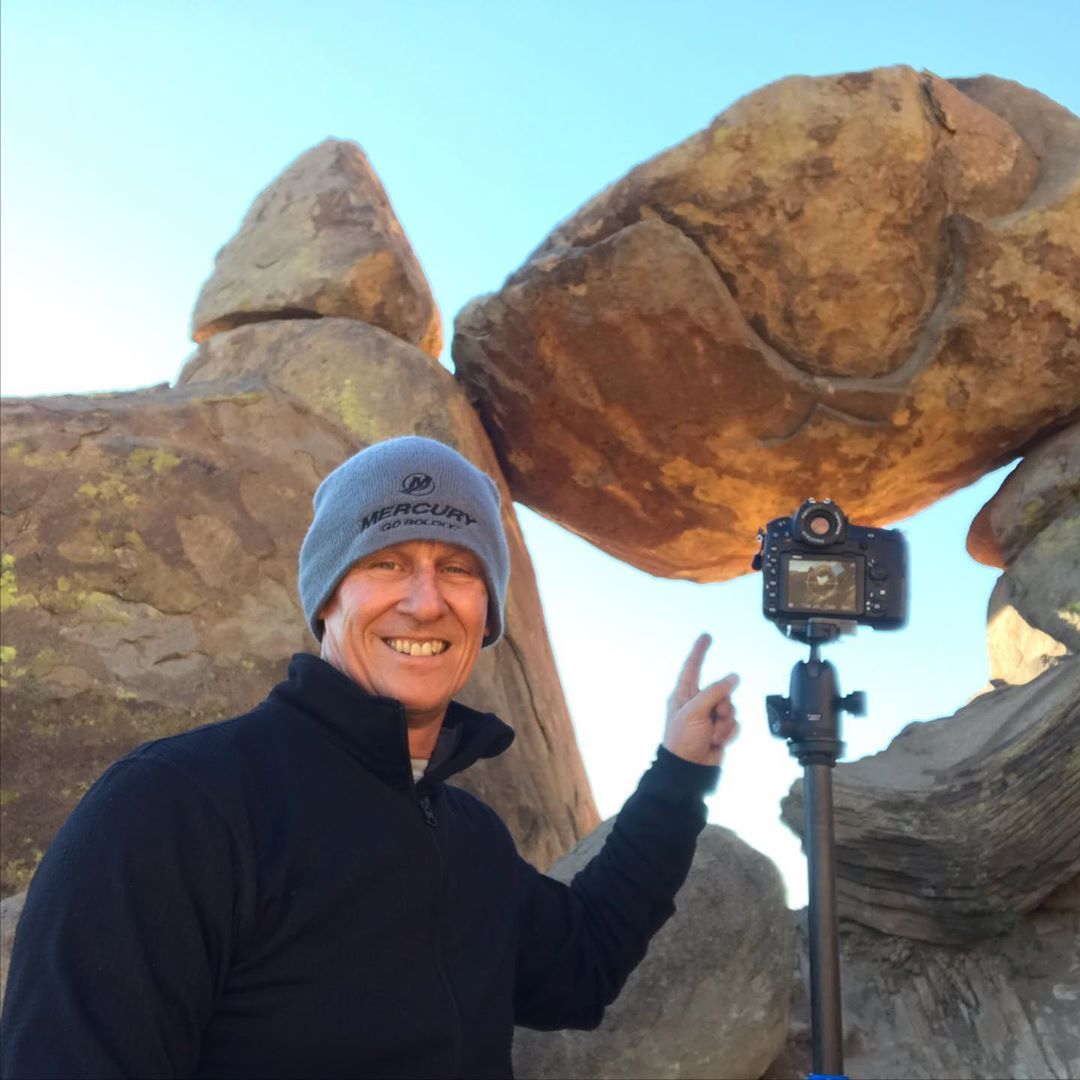
A brisk 1.1-mile hike in 23-degree weather put me in perfect position to capture some photos of Balanced Rock.
Big picture, he knew that he needed to get his art in front of way more people. In order to earn some decent income, he would need to get far more exposure.
Small picture, he was suspicious that the traffic he was generating to his website via social media and SEO was “unqualified”, otherwise called “vanity traffic”. AKA people that will never buy.
He was also suspicious that the few qualified buyers that might have been visiting his website were not ushered through a standard art-buying experience, and as a result, would leave with unanswered questions and no buying intent.
Fast forward to several years later, and Andy has made a few key structural changes.
Which leads to now, where he strategically closed a $2,470 sale of 2 canvas prints right from his own website:
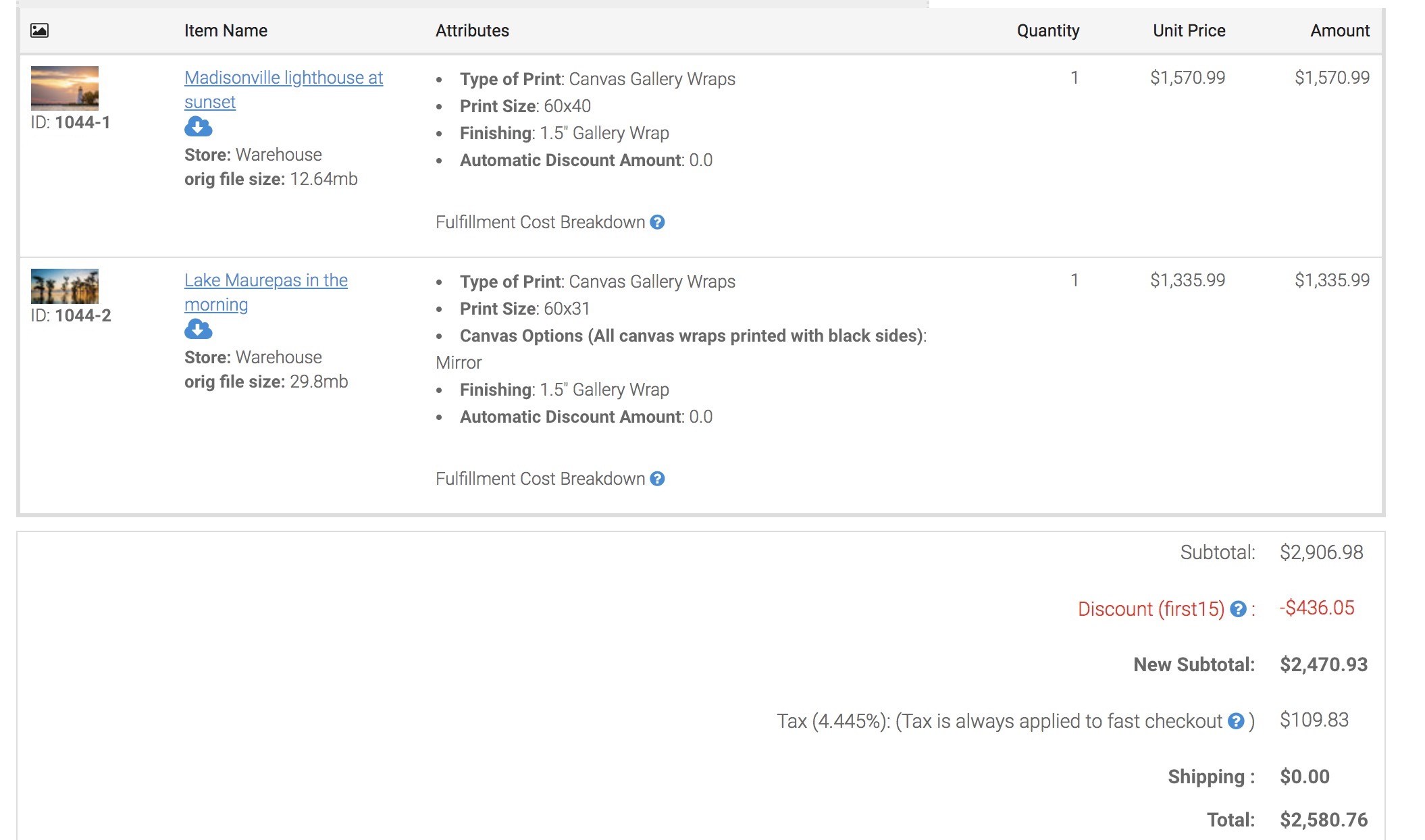
We use the term "strategically" to differentiate between what most people think happens with a sale like this, versus what really happened.
And this is where the crux of the lesson is. This is where the gold is. This is where you learn how strategic and deliberate selling it art online really is.
Most people think a sale like that happens when a qualified visitor comes to the website out of nowhere and makes a purchase. Almost like dumb luck.
This couldn’t be further from the truth - and the data we are going to show you will prove it unequivocally. What you will learn from this is going to be crucial, so you can apply it to your own business.
There are four strategic elements went into this sale being closed:
1. Marketing, marketing, marketing
Marketing is everything to a business, and so of course this sale begins with the marketing Andy does to bring qualified buyers to his site.
"Most of the first year as an ASF member was spent with me simply sharing out photos on a regular basis, engaging with my Facebook and Instagram audiences."
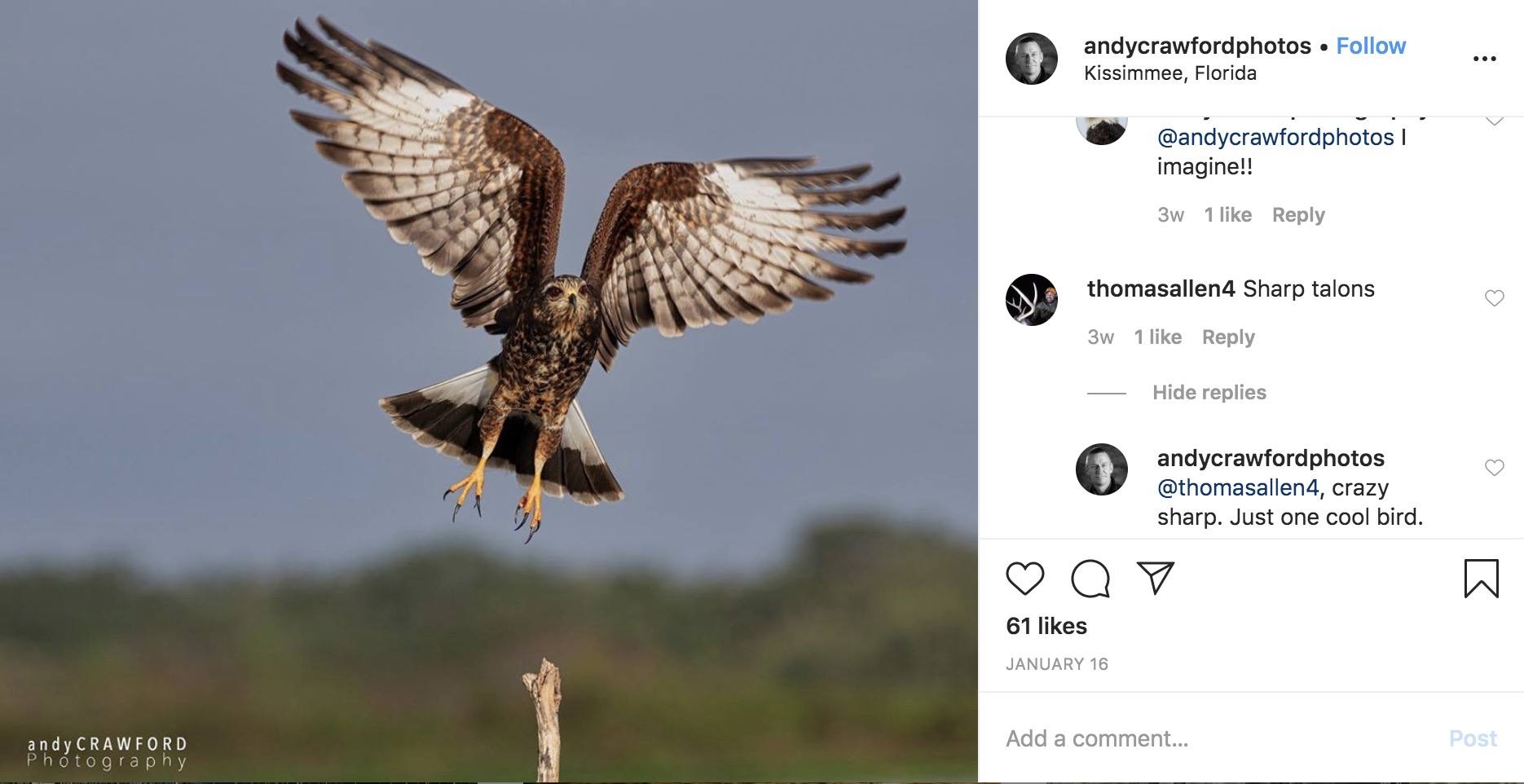
When it comes to social media, Andy doesn't just post - he engages.
He tells stories about his images, shares behind the scenes looks at some of the treacherous environments he finds himself shooting in, and responds to every single comment with a thoughtful response.
These are the efforts that turn casual followers into true fans with buying intent (ie: qualified traffic).
But the truth is, the best you can do is to attract people to your site who you think are qualified.
Often times, you'll turn out to be wrong – they liked your images well enough, but they have no real intention of ever buying anything. When that happens, you stop what you're doing to bring that traffic in, and you try something else until you start landing quality traffic.
How do you know when you've tapped into a quality traffic source when you can't see or talk to your website visitors?
2. Lead Capture
Here's how it works:
You immediately offer a substantial one-time discount (we prefer 20%) as soon as they visit your website.
Why is this so important? Because if this visitor has any intention of EVER buying, they will certainly accept this free discount on the spot. Detecting qualified traffic is all about watching whether they accept the discount, or they reject it.
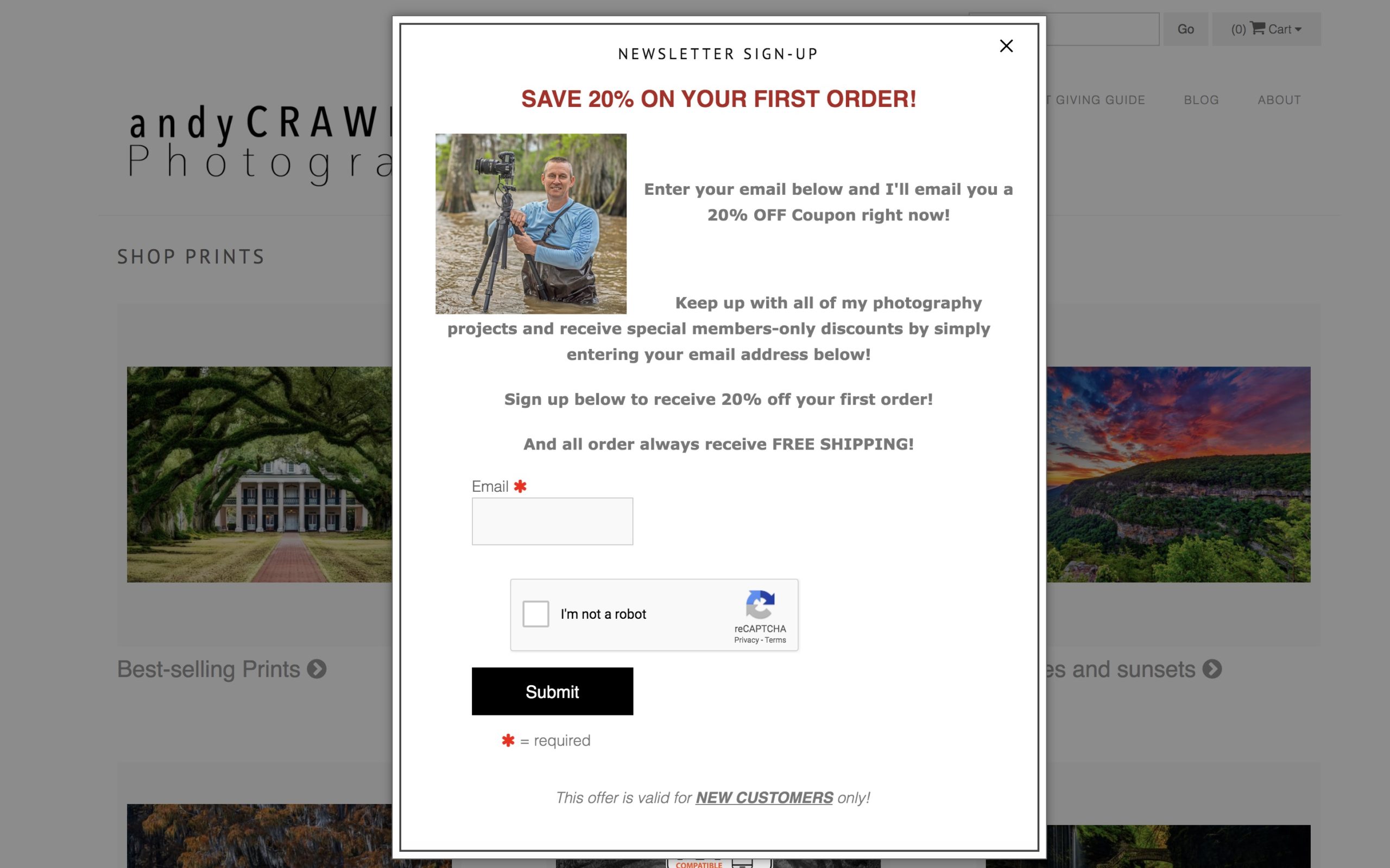
Getting back to the sale at hand – let's see if Andy's visitor accepted it.
To do that, we turn to Detective - the advanced feature Andy's website uses to track visitor behavior. Think of it like an activity log for each and every visitor - it shows, in chronological order, which pages they visited, whether they signed up for your mailing list, whether they added an item to their cart, which of your visualization tools they used, and more.
Looking at the Detective profile for this particular buyer, we can see that they did in fact sign up for Andy's mailing list to secure the offer – 15% off in his case:
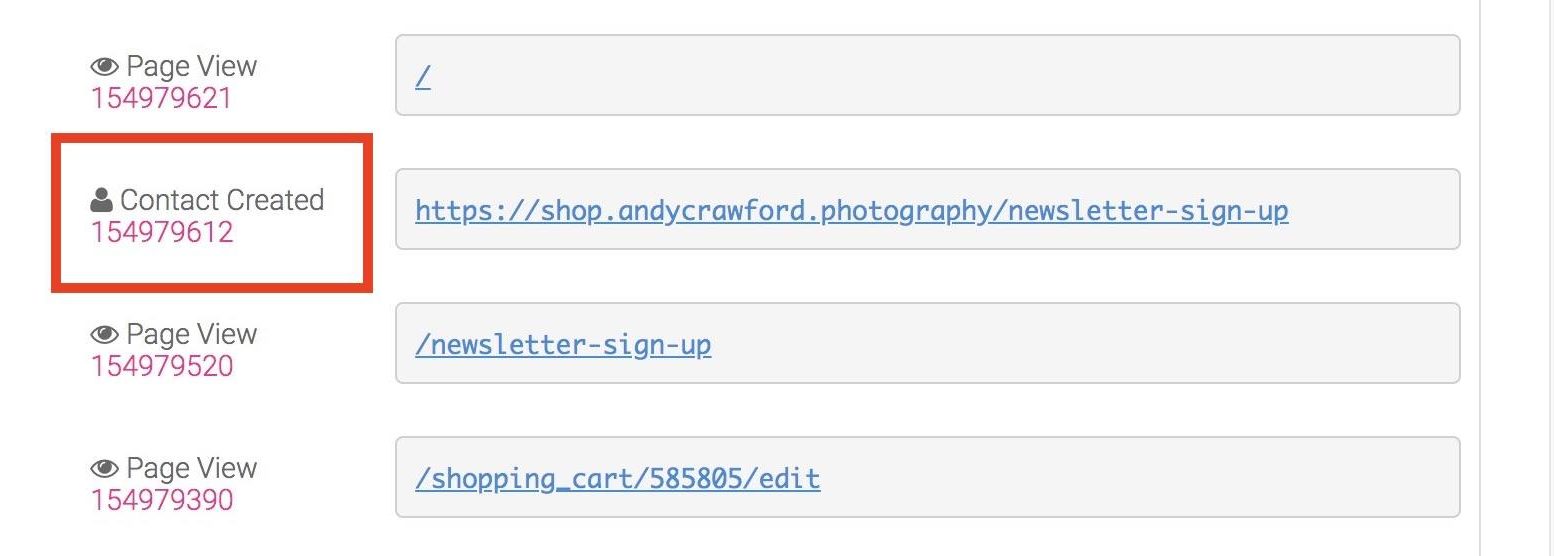
Immediately after signing up, they were sent the one-time discount – with a strategic twist.
The offer expires in 3 days. In the marketing industry, we call this "scarcity".
What Andy is saying here is that he will reward the buyer with an awesome deal, but only if they are willing to buy quickly. In this way, everyone wins.
So what happened next?
Think about things from the buyer's standpoint: they clicked on one of Andy's marketing posts because they found themselves attracted to his work.
They browsed his website to view his full collection, and picked up a coupon code they can use for a limited time to get a great deal on his prints.
All of this has conspired to put them in a buying frame of mind. Rather than simply "perusing" Andy's work, they've found themselves "shopping" for his work.

You have to appreciate how strategic this is versus the traditional experience on a portfolio website.
In the past, without this strategy, Andy would be relying entirely on the hope that a buyer would simply be SO interested in his work, they'd go to any lengths to buy it.
Now, he has a deliberate digital strategy in place that actually encourages his site visitors to buy - it moves them "down the funnel" for him day and night.
And no, it doesn't stop here. Let's keep following this visitor who has now received the discount coupon to see what happens next.
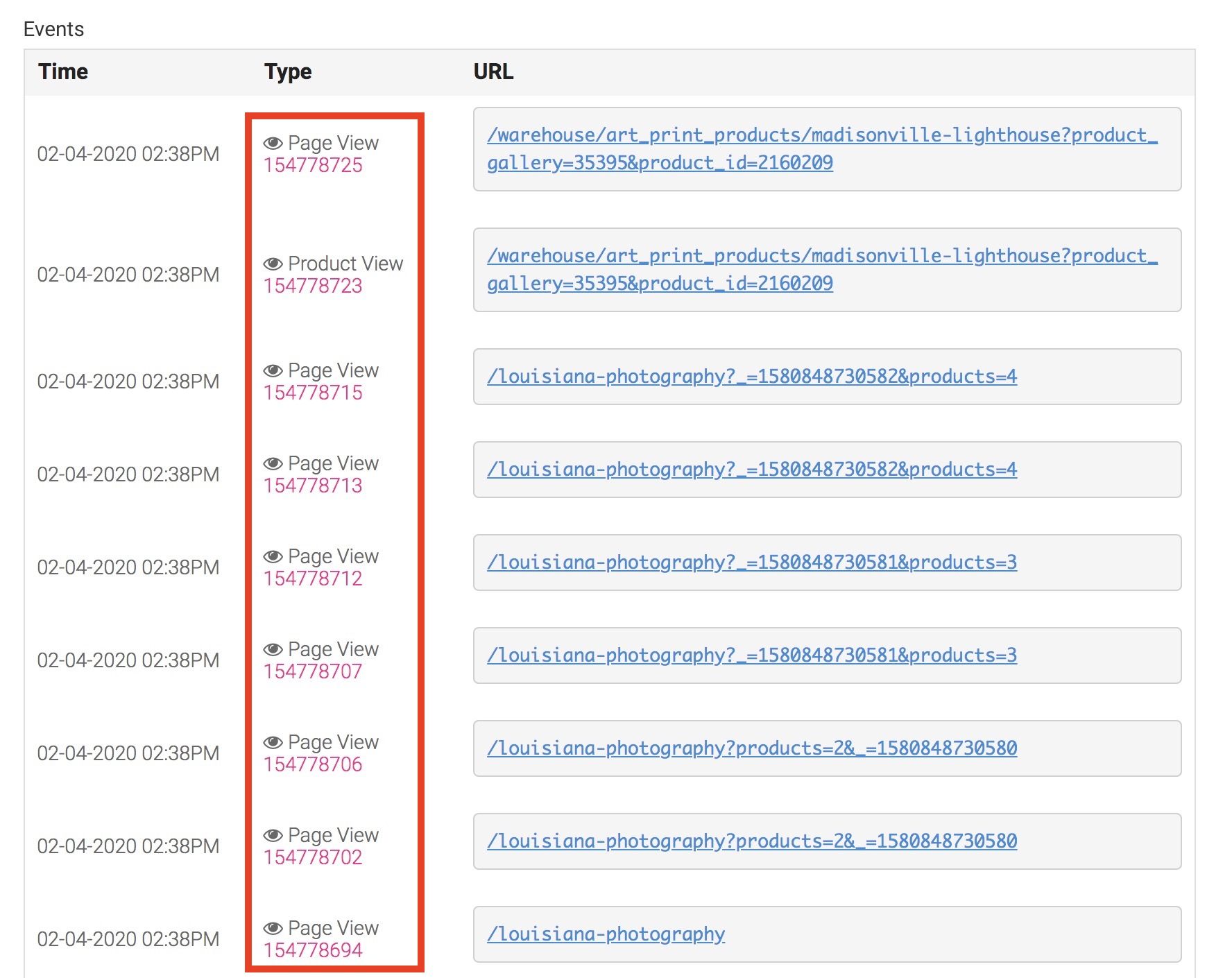
Using Detective, we can see the visitor next looked at many of Andy's photos. They start in Swamp Photography and move to Louisiana Photography.
And then, bam, we can see this person honed in on one, the “Madisonville Lighthouse”. There is something critical here. Notice the date is Feb 4th, and this was the last visit of the day. They did not add it to their shopping cart yet. In fact, they left the site.
But guess what? They have that strategic email from Andy sitting in their email box. Not only does Andy now have them on his email list permanently, but he has an advertisement waiting for them the next time they check their email.

In this "advertisement," Andy is reminding them that they have the 15% discount in their pocket. He also provides a direct link back to his website, where they can get back to shopping.
Oh and by the way, the strategy doesn’t stop there. The button in his email doesn’t say “Go here” or something generic. It says “Start Shopping”. Again, with very subtle psychology, Andy is keeping them in the buying frame of mind.
So guess what happens? The next day, on Feb 5th, we can see that the visitor came back.
This time, they looked at even more of his art.
In fact, they spent around 20 minutes doing so.
Looking at their behavior on the site, we can see that this buyer was struggling to make a decision.
This is where another strategic move from Andy got them over the hump.
3. Augmented Reality
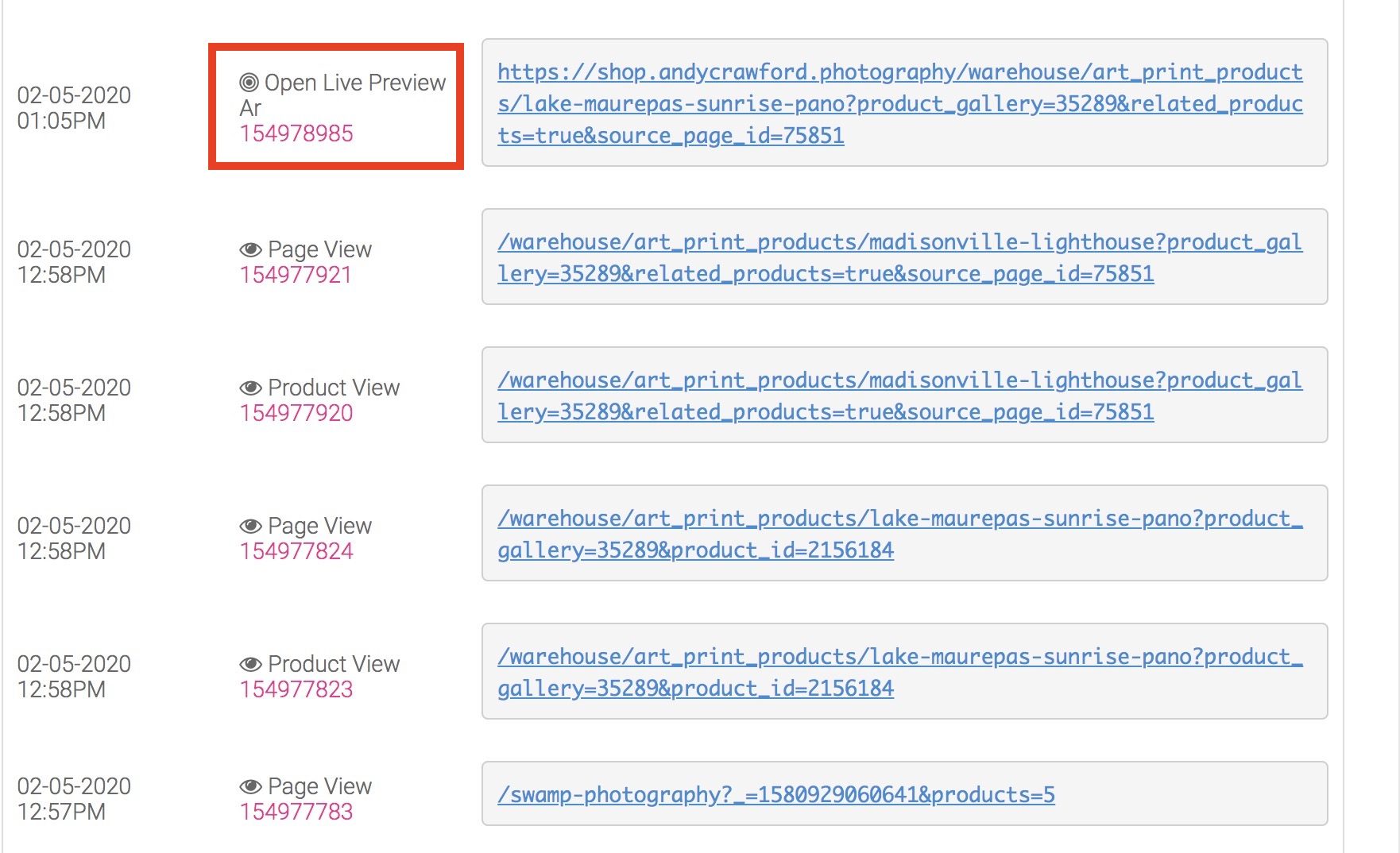
Andy implemented an "augmented reality” (AR) tool where the visitor can, on the spot, without downloading any app, use their phone to literally project the image onto the walls of their home or office to see what it looks like.

This is an incredibly powerful visualization tool because it answers so many common objections that stop sales from happening:
When buyers can't answer questions like these, they give up.
Andy is using augmented reality to make sure no sale is missed as a result of these questions. He answers them all with the tool.
The most important part about what Andy is doing with AR is that he is getting the buyer to visualize what life will be like when his work is hanging on their wall.
This is very powerful psychology, and it takes the visitor several steps further down the sales funnel. In fact, it can make a visitor flat out excited to own the piece.
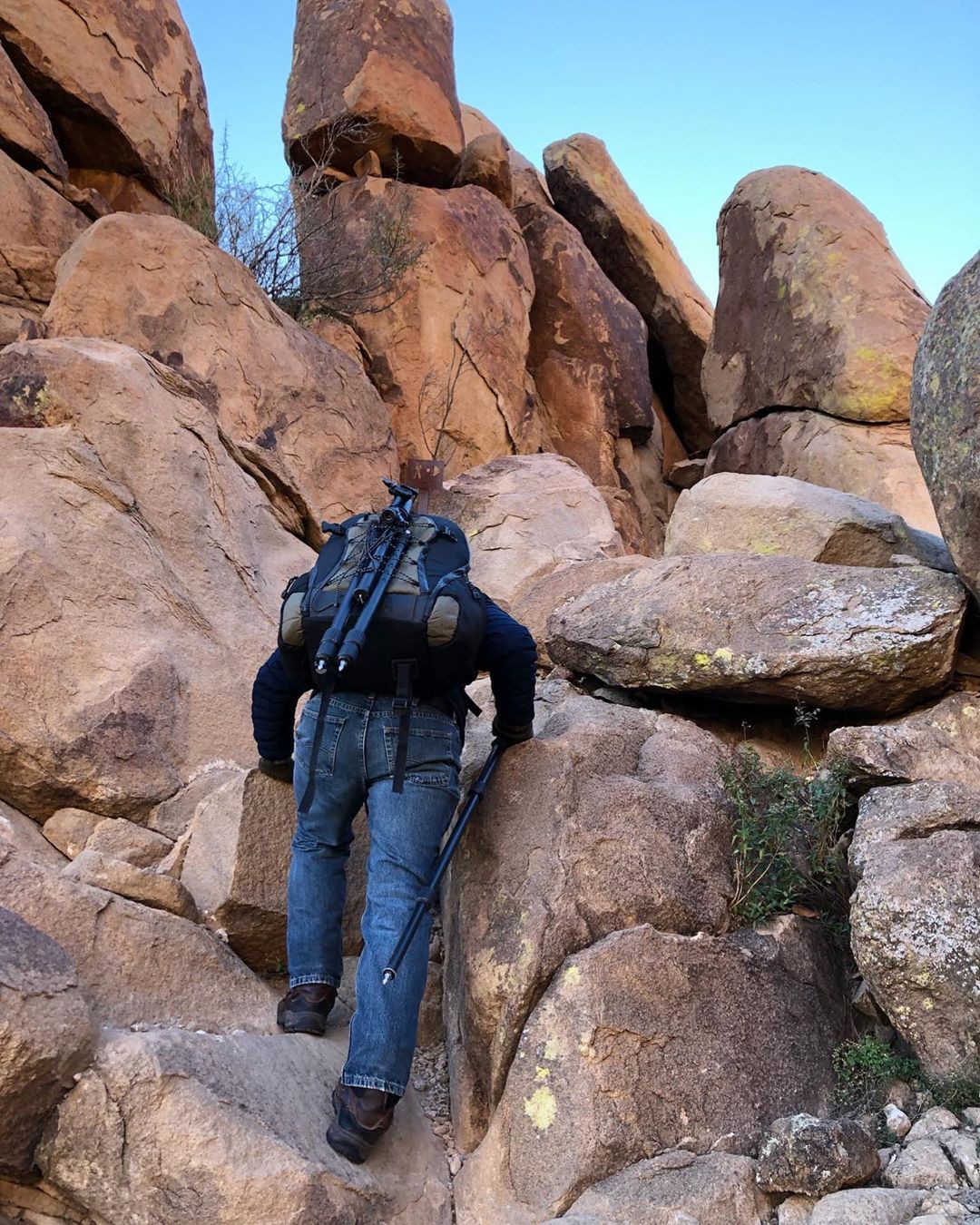
To summarize everything up until this point, Andy now has several things working for him strategically. He turned the casual visitor into a shopper. He got that shopper interested in several products, and got them to visualize the art in their actual home.
They're now excited to own a piece...and they have that 15% discount that expires in 3 days, and 1 day has already passed.
It's no wonder this strategy brings in significantly more sales, right? It is completely focused on the buyer and what they need to feel comfortable and excited in making a purchase.
Speaking of comfort, another element worth mentioning is that all this state-of-the-art technology goes a long way in lending Andy an air of success. He comes across as a highly credible business that the buyer can feel totally comfortable spending a lot of money with.
And that's exactly what this buyer was prepared to do:
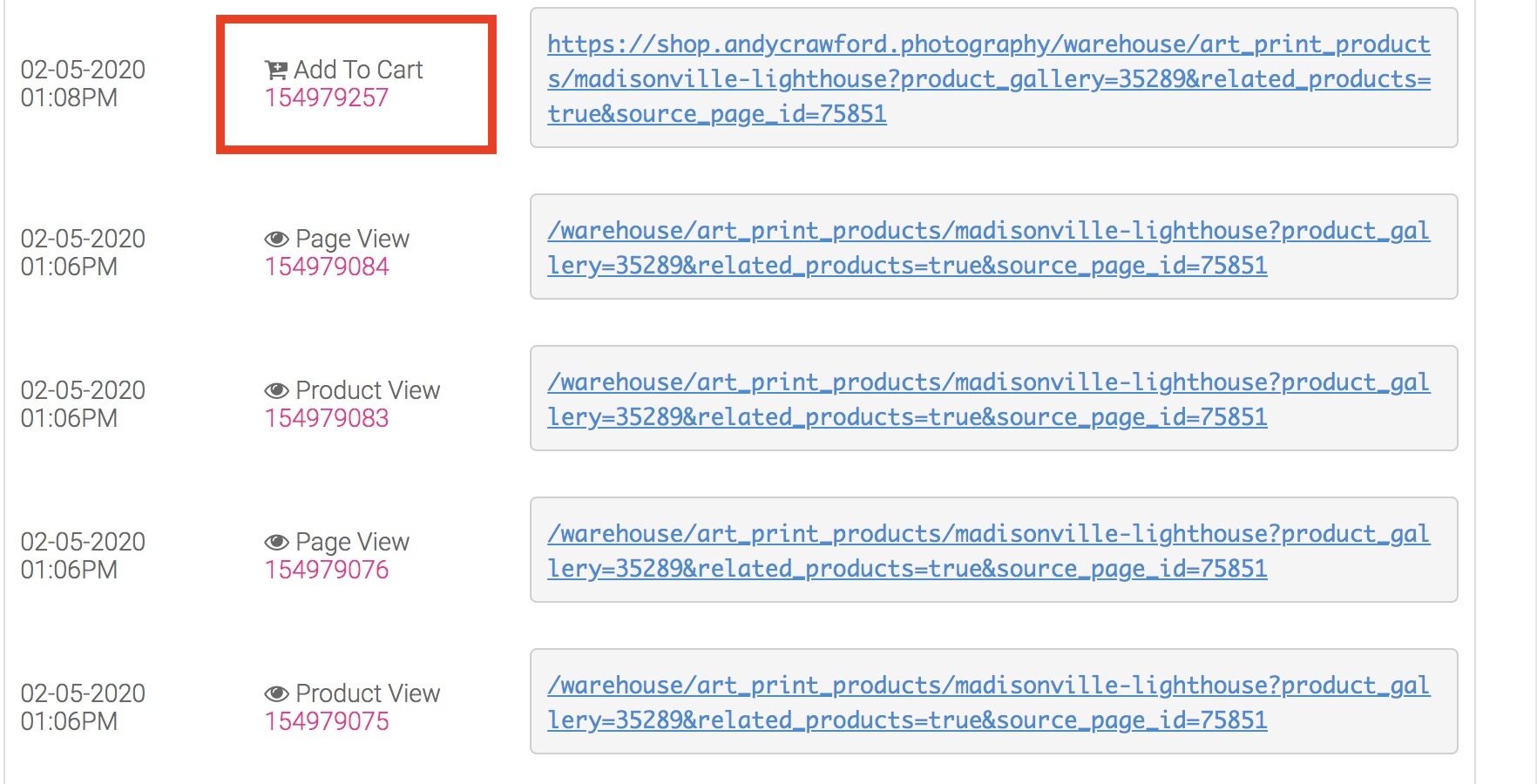
A few minutes after using the augmented reality tool, we can see the visitor added 2 canvas gallery wraps to their shopping cart for a total of $2,906.98. One was a 60”x40” gallery wrap, the other a 60”x31”.
Great! It's all happening!
Except, something unexpected happened.
They left.
They logged off Andy's website, and hours later they still hadn't come back.
Did we get this close just to lose the sale?
This is where the final component of Andy's strategy comes into play.
4. The Abandoned Cart Email
Despite Andy's busy travel schedule, he keeps a close eye on his website traffic.
Within hours he noticed this buyer's activity and realized if he didn't do something fast, they may not come back and complete the sale.
And so he sprang into action - reaching out to the buyer directly via email with a personal note introducing himself, reminding them of the 15% off coupon, and offering to help with anything they need.
THIS WAS NOT ONE OF THOSE GENERIC AUTOMATED ABANDONED CART EMAILS either. If you haven't learned this already - a cold approach like that does not get it done in the art industry. Andy sent a personal, one on one friendly email with the perfect language to make a connection with the person and see if he could get them over the finish line.
As it turns out, this friendly nudge was all it took. The next morning, he awoke to the best notification a photographer can receive – his art had sold.

After the 15% discount of $436.05 (a substantial amount from a buyer’s point of view, and clearly enough to motivate them), and after taxes, the total rang in at $2,580.76.
What happens to the order from here?
Since Andy uses the automated fulfillment option with Art Storefronts, without having to do anything, the order was automatically printed by one of the highest quality labs in the industry (Andy chose to work with Bay Photo when setting up his Art Storefront) and shipped directly to Andy’s customer.
His profit from the sale is further increased due to the special discount he receives on his printing costs as a member of Art Storefronts.
Summarizing the Strategy
Andy used effective marketing, smart lead capture, augmented reality, and an abandoned cart email to close this sale.
Each step was deliberately put in place to maximize sales through his gallery website. When comparing this highly-sophisticated strategy to the complete lack of strategy most photographers have implemented on their portfolio or marketplace websites, it's easy to see why Andy has come so far.
In fact, while the sale featured above happened just a few days ago as of the writing of this article, Andy has already landed another:
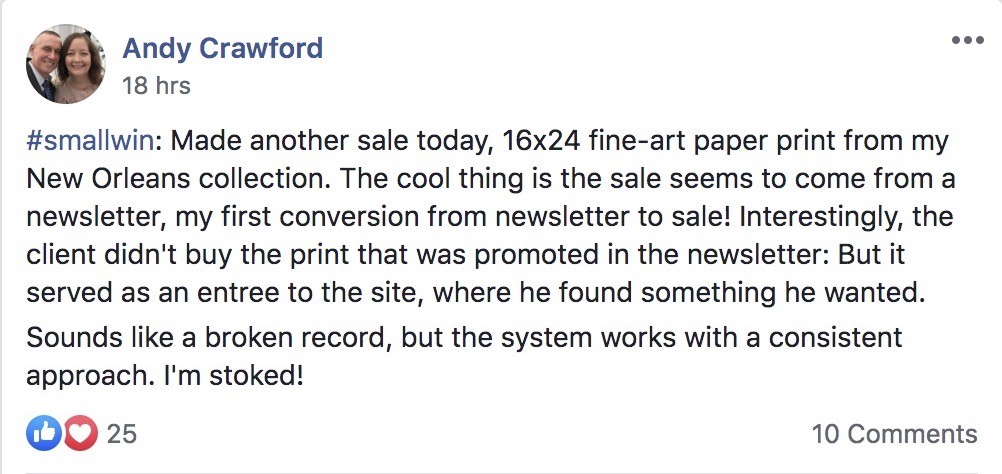
A post from #smallwins – our private Facebook Community for marketing advice and collaboration.
Are you struggling the same way Andy was?
Feeling like your system is broken and nothing will improve until you make a change?
The same all-in-one solution that helped Andy can help you, too.
At a high level, Art Storefronts provides the two most essential things to growing a successful art business: (1) a website packed with features that close sales and delight your buyers and (2) a total marketing solution that provides you with a 365-days-a-year marketing calendar to follow and direct access to art marketing consultants and business mentors.

